1820 Higashi Kuruwa – a high-class eastern pleasure quarter
After our visit to Nagamachi Samurai District we moved on to the Higashi Kuruwa, a high-class eastern pleasure quarter established by the Kaga Clan in 1820. Wealthy merchants and men of letters sought the upper circles of society and its pleasures. In particular the geisha performing the many Japanese fine arts; musical instruments – the Koto (Japanese Harp), the Shamisen (a three-stringed instrument), shakuhachi (bamboo flute) and drums. I found it hard to imagine a Kimono clad Geisha playing drums?
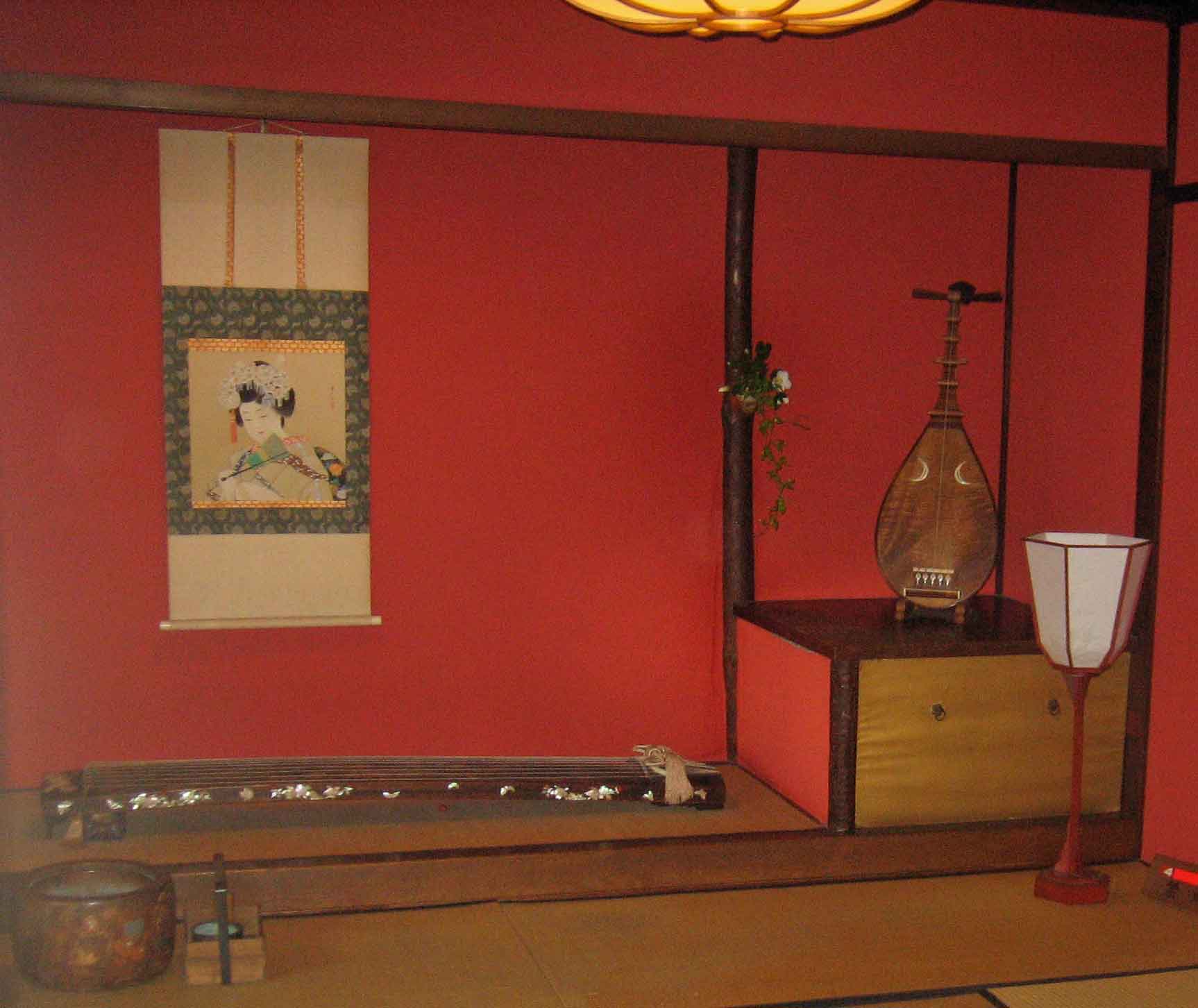
Traditional musical instruments played by the Geisha -the Koto (Japanese Harp),and Shamisen (a three-stringed instrument)
Geisha – highly skilled in all the traditional fine art of Japan
The geisha, highly skilled in many other fine arts such as Japanese traditional dance, singing – traditional songs – youkyoku (Noh songs), tea ceremony, literature and poetry. It takes many years of study and practice (up to five years in Kyoto) to become a Geisha, and now I understand why!
To be able to excel at all the arts to such a high standard of artistry and perfection is not mastered overnight! The make-up and elegant hair style of a Geisha, a special way of wearing a kimono are also skills to be learnt.
The word geisha, made of two Japanese word ‘gei‘ meaning “art” and ‘sha‘ meaning “person who does”. In English the most literal translation of geisha is “artist”.
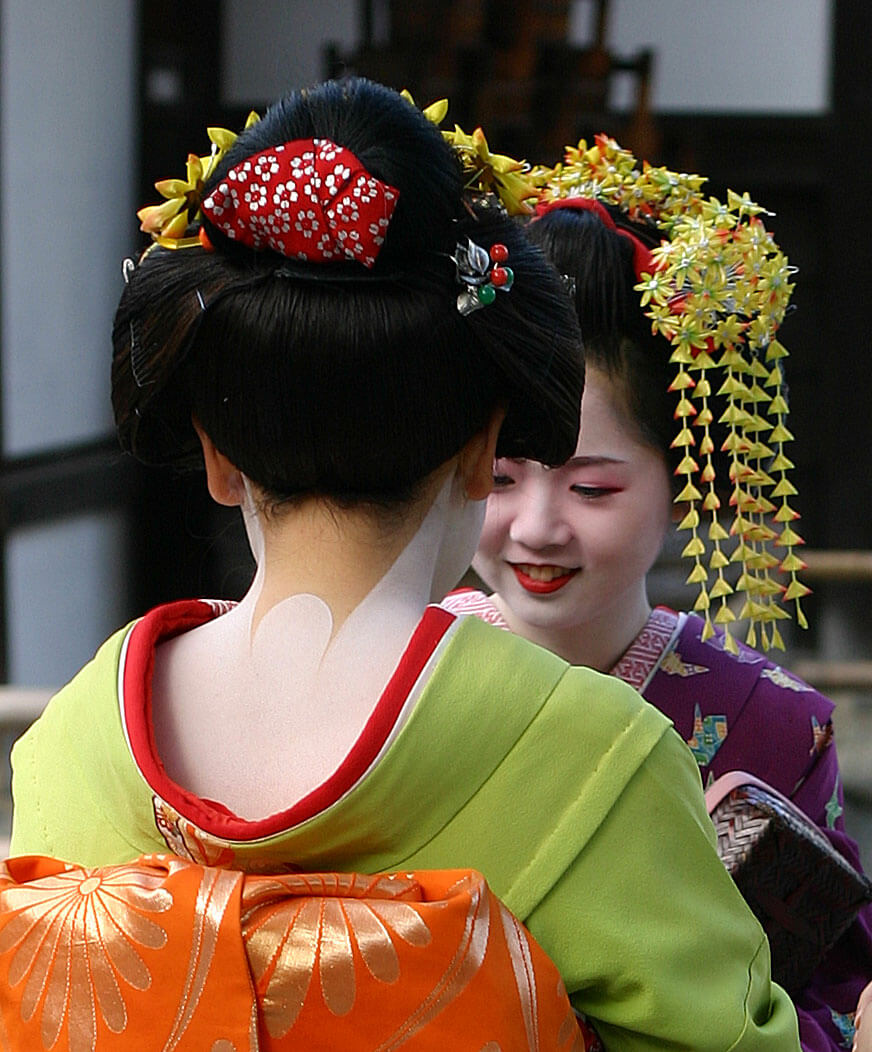
Two Geisha conversing near the Golden Temple in Kyoto, Japan. Parts of the kimono and the special make-up are clearly visible. 2004-11-21 |Courtesy Daniel Bachler
“Maiko” apprentice Geisha
A young women who become an apprentice geisha is known as “maiko”. In Japanese the word ‘mai’ means “dancing” and ‘ko’ means “child”. Maiko wear white make-up and a kimono of many bright colors. When finished their apprenticeship the Geisha wear a simpler kimono, and only use white make-up at special times.
Ochaya Shima – Tea House of the Geisha
Ochaya Shima (Tea House) provided a fascinating look into the life of a Geisha in the days of the Samurai, the feudal lords of the Kaga Clan. This type of tea house would have been exclusively patronized by upper class merchants.Each waiting room has a guest room attached. The customer would sit in the guest room, the waiting room would serve as the “stage” for the Geisha who appears wearing a traditional Kimono to perform her song and dance routines. Customers would sip sake while being entertained by a Geisha. There are three such rooms upstairs in the tea house for entertaining.
Shima tea house built 182 years ago, remains much the same today as it was then, except for electric lighting and modern toilets. Many building restrictions imposed under Samurai rule included height. The tea houses including Ochaya Shima one of the few building of its time allowed to have a second story, this indicates how luxurious Shima was for that time. The Tea Houses each have a lattice door plastered with Benigara Koshi or Indian red, and a big door, a reminder of the atmosphere of the feudal days .
The Tea House is beautifully finished, decorated and furnished with lacquered wood surfaces, and cloisonne ware door catches. Guests rooms are all on the upper floor. The proprietress have quarters on the ground floor looking out on a Japanese garden. The dressing rooms for the Geisha are also on the ground floor.
This was such an interesting visit. I found the different hair adornments worn by the Geisha fascinating, the beautiful silk kimono they wear, and the many instruments these talented ladies had to master. Sadly, the only thing missing on our visit to Ochaya Shima or Shima (tea house) is a Geisha to perform for us.
One more stop before leaving – about gold leaf and artisans of Kanazawa….
Related Posts:
- sensoji-Asakusa Kannon Temple
- The Kabuki Theatre
- Half Day Tokyo Tour
- Tokyo Japan travel to Nikko
- Toshogu Shrine Japan
- Nikko-Lake chuzenji & Kegon Waterfall|Tokyo-Japan-travel
- Mt-fuji-lake-ashi-komagatake-ropeway-japan
- What is an Irori,what is a jizai kagi Takayama gifu province Japan
- Takayama festival floats-matsuri festivals-gifu province japan
- Two headed monster-Sakurayama Hachimangu Shrine-Takayama-Gifu Province
- Hida hotel-Plaza | Farmers Market Takayama Japan
- Sugidama Sake breweries – traditional shops Takayama Japan
- 450 year old cherry blossom trees scenic Miboro dam Takayama
- The old Toyama family farmhouse Shirakawa-go
- Ancient a-frame Gassho-zukuri homes – villages of Shirakawa-go
- Doburoku matsuri festival Gokayama-washi Shirakawago villages
- Kanazawa railway station east plaza city center
- Kanazawa shrine Kanazawa – marsh of gold
- Perfect landscaping Kenrokuen GardenPark Kanazawa
- Spectacular cherry blossom trees Kanazawa castle park Japan
- Samurai-Nagamach Samurai District-Kanazawa a green city
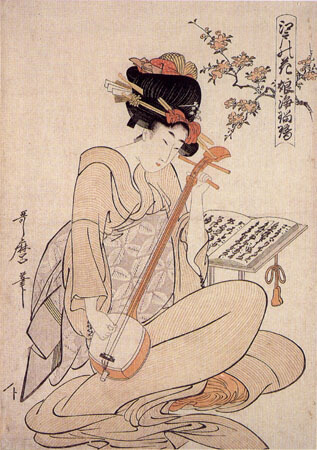
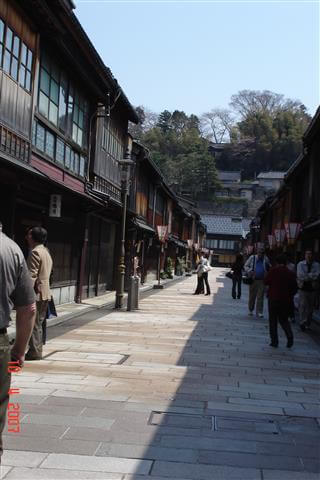
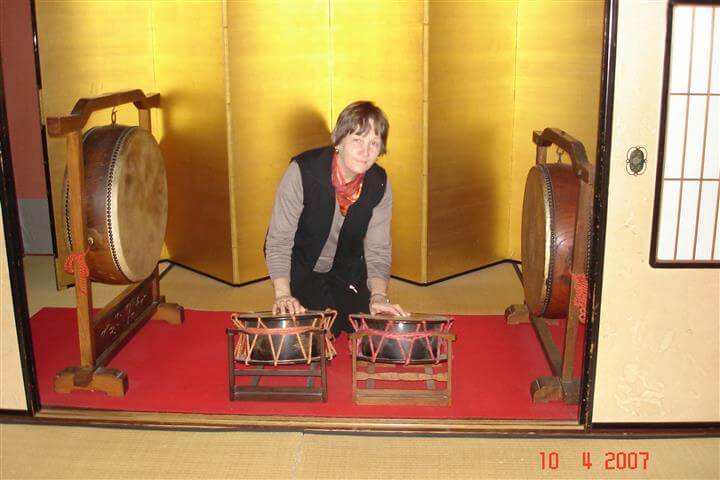
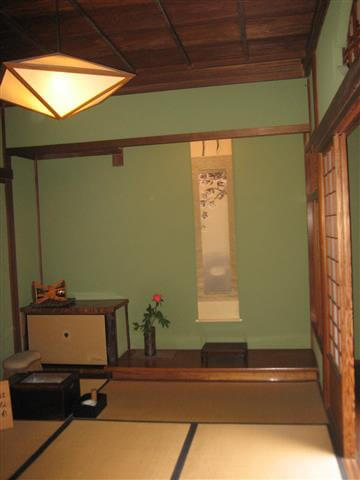
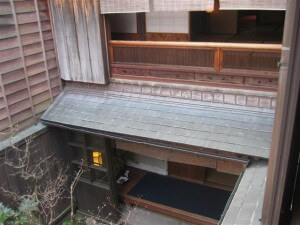
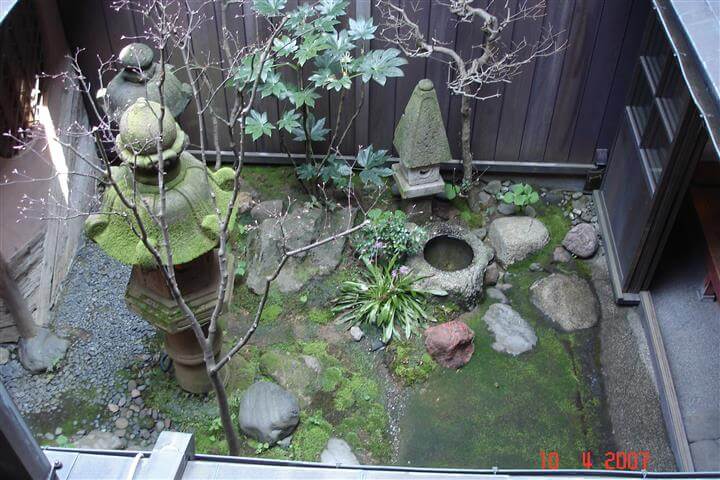
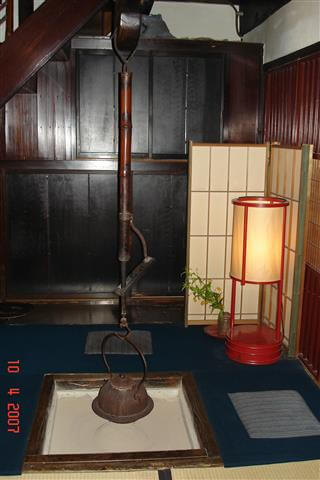
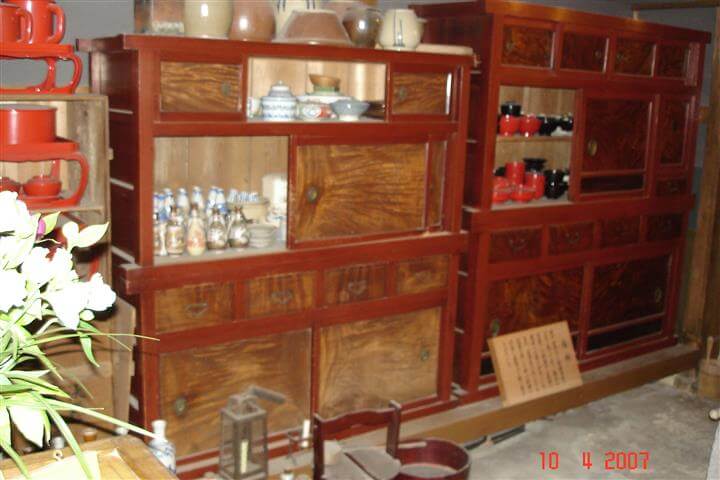
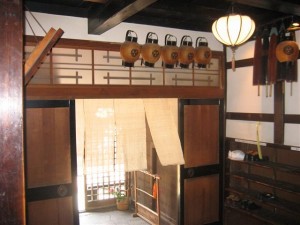
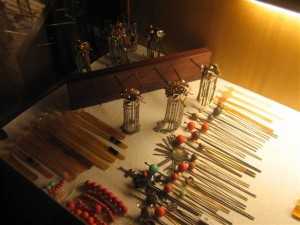
Speak Your Mind